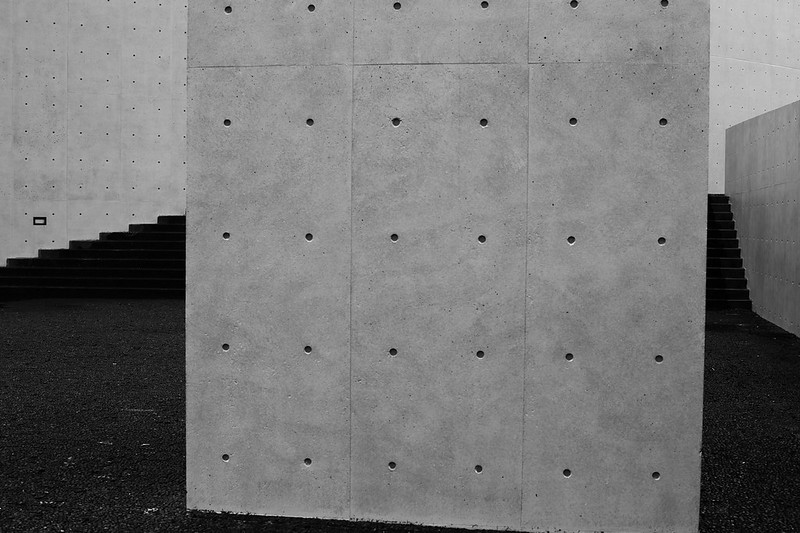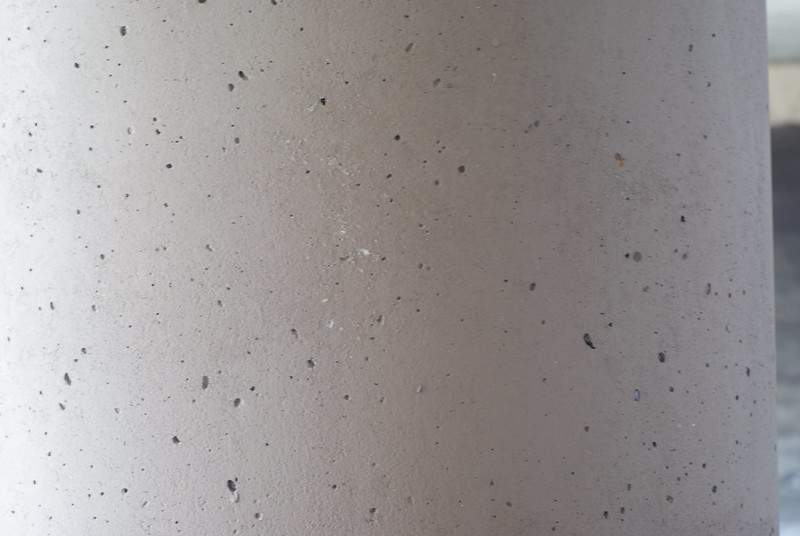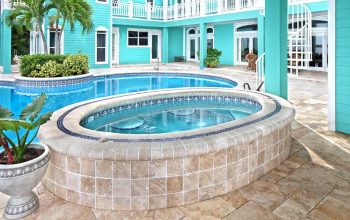No doubt, concrete can be used for a wide variety of constructions; this is because of its versatility. As a matter of fact, the use of concrete is visible wherever you turn to.
However, no matter the type of concrete type, it often has the following ingredients like a mix of water, cement, sand, and stone. Although to make a concrete distinction from one another, different properties are added. Hence, they can be applied in different ways.
Nevertheless, it is crucial to have the right kind of concrete for whatever project you have to embark on.
Below are the different types of concrete:
- High-density Concrete
This is a type of concrete with high density which is made from crushed rocks. It is also known as a heavyweight concrete. Buildings constructed with this kind of concrete are mostly nuclear power plants. Furthermore, this kind of concrete provides excellent protection from radiation and x –rays.
- Glass Reinforced Concrete
This kind of concrete can also be referred to as GFRC (Glass – Fiber Reinforced Concrete). It is typically used to form the exteriors of cladding panels. The GRFC has a mix of alkali-resistant glass fibers, which are embedded in a concrete matrix. Moreso, they produce a high-performance composite with a combination of their properties, giving them the ability to retain their chemical and physical nature.
- Smart Concrete
Although Smart concrete technology is yet to hit the market, it has gone through extensive laboratory testing. The technology behind smart concrete provides an alternative for checking the condition of reinforced concrete structures. The modality behind the smart concrete is simply the addition of short carbon fiber in small quantities. This is done by using a conventional concrete mixer that alters the electrical resistance in response to stress or strain.
- Lightweight Concrete
The lightweight concrete is used for the construction of window panels, roofs, and floor slabs. However, it is commonly referred to as cellular concrete. Moreover, this is a flowable material and is easily poured by making use of gravity, and it’s also self–leveling.
The ingredient mix used for the production of the lightweight concrete are clays, pumice, expanded shale, and scoria. Unlike plain concrete that possesses a k value of 10 – 12 W/mK, the lightweight concrete has a k value of about 0.3 W/mK, which attributes to its low thermal conductivity.
- Air – entrained concrete
This is a kind of plain concrete which consists of microscopic air bubbles that generally constitute between 4 percent and 7 percent of the entire concrete mass.
The Air bubbles reduce the concrete’s internal pressure by creating chambers for the expansion of water when it freezes. This type of concrete is produced by adding air-entraining agents while mixing the concrete. Additionally, air-entraining Portland cement can be used.
- Limecrete
This is a kind of concrete where lime is used in place of cement. Limecrete has several health and environmental advantages. Where this concrete is used commonly are vaults, domes, and floors. Furthermore, these concrete types can be cleaned easily.
Finally, the various types of concrete listed above are used for specific constructions. It may not achieve its purpose if you use one of the types of concrete mentioned above in place of another.




